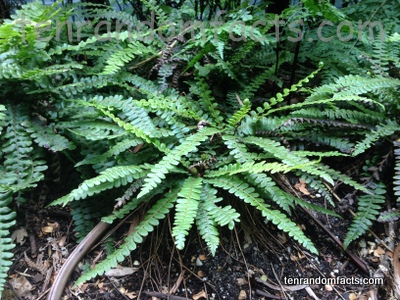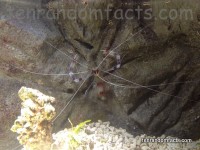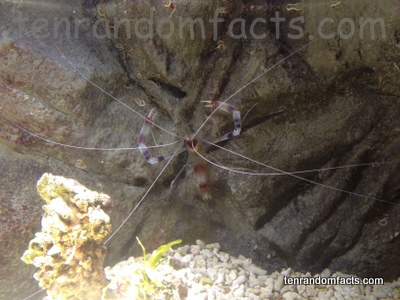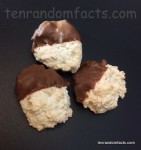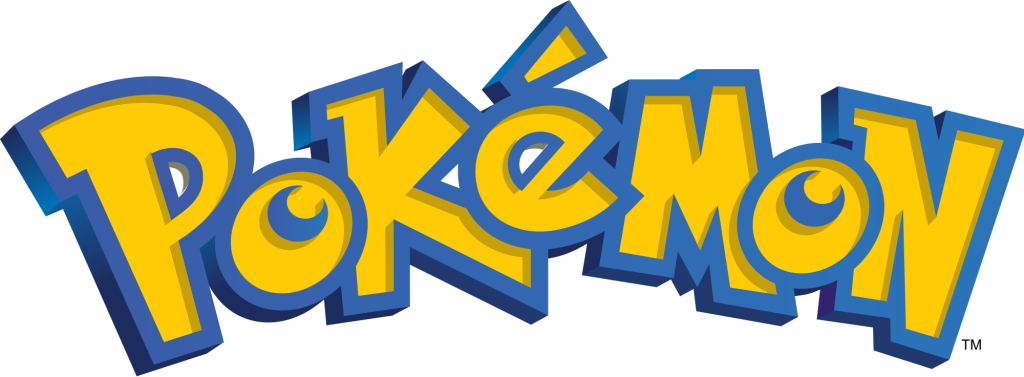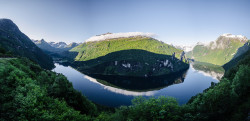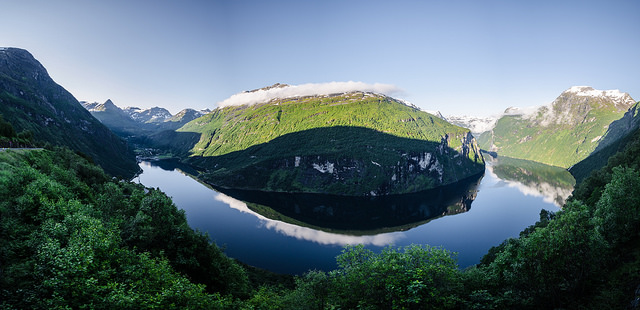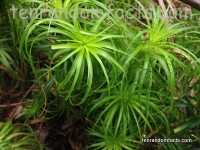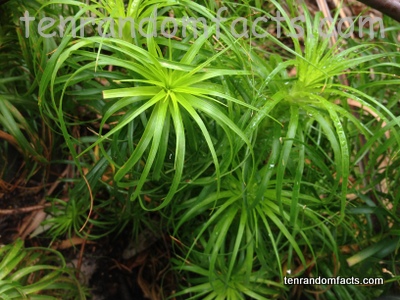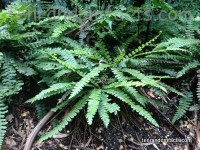
Ray water-ferns are just another one of those ferns…
- Ray water-ferns are a species of fern native to Papua New Guinea, south eastern Australia, and New Zealand, as well as some parts of Malaysia and Indonesia.
- The scientific name of a ray water-fern is Blechnum fluviatile, and it is from the family Blechnaceae, a family of ferns.
- ‘Ray water-ferns’ are also known as ‘star ferns’, ‘creek ferns’ and, in the native New Zealand language of Māori, ‘kiwikiwi’ or ‘kiwakiwa’.
- Ray water-ferns are small ferns that grow from a rhizome, and they are found in rainforests, or other moist habitats, often near water.
- One of the earliest ray water-fern specimens collected was in 1841, by William Colenso, a botanist from England.
- The fronds of ray water-ferns range from 20 to 60 centimetres (8 to 24 inches) in length, and the plant can be 20 to 40 centimetres (8 to 16 inches) in height, and up to one metre (3.3 feet) in diameter.
- Ray water-ferns have leaves that are coloured a vivid to dark green, and they have brown stems that have numerous hairs and scales.
- Rather than sitting erect, most ray water-fern fronds radiate out from a centre point and sit more parallel with the ground, creating what looks like a star or rosette.
- Indigenous Australians have used cooked or raw ray water-fern rhizomes as a starchy food, while the Māori people from New Zealand have used the fern leaves medicinally to treat illnesses in the mouth.
- Ray water-ferns grow best in shady or partly shady environments, and as the plant ages, they will often produce small trunks that grow at the centre of the plant.
Bibliography:
Blechnum fluviatile, 2010, Welcome to Yarra Ranges, http://fe.yarraranges.vic.gov.au/Residents/Trees_Vegetation/Yarra_Ranges_Plant_Directory/Yarra_Ranges_Local_Plant_Directory/Lower_Storey/Ferns_and_Fern_Allies/Blechnum_fluviatile
Blechnum fluviatile, 2013, Wikipedia, https://en.wikipedia.org/wiki/Blechnum_fluviatile
Blechnum fluviatile (Kiwakiwa), 2016, T.E.R.R.A.I.N, http://www.terrain.net.nz/friends-of-te-henui-group/nz-ferns/star-fern.html
Blechnum fluviatile. Kiwikiwi, 2016, Maori Plant Use, http://maoriplantuse.landcareresearch.co.nz/WebForms/PeoplePlantsDetails.aspx?firstcome=firstcome&PKey=D90C2B5F-2803-48EA-ACFD-D0E90BEB144D



